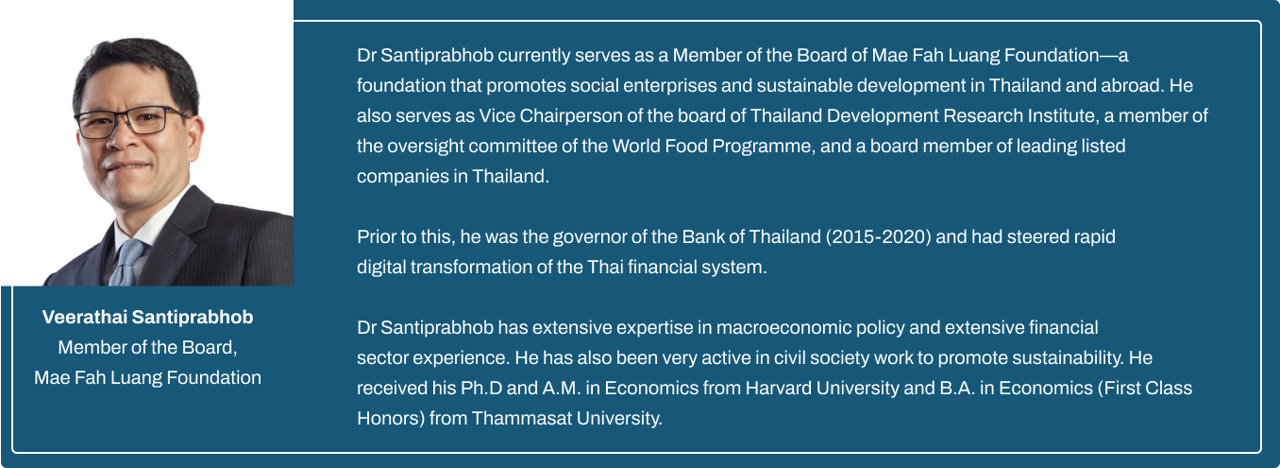
Sean Tan
CEO @ Insect Feed TechnologiesSean Tan is the Founder & CEO of Insect Feed Technologies, Singapore's leading insect technology company with a growing presence in Southeast Asia and the Middle-East. Under his leadership, the company is currently building its first commercial facility in Singapore. Once operational, it would be Singapore's largest waste-to-insect production facility. The startup was most notably conferred the Singapore President's Social Enterprise Startup of the Year Award and the National Environment Agency's Waste Valorisation Award in 2021. Previously, he was in Enterprise Singapore. During his time there, he helped to grow the startup ecosystem and oversee Singapore's heartland enterprise development. He was also posted to Riyadh, Saudi Arabia, where he helped Singaporean companies expand in the Middle-East. Sean is not new to the startup scene, having spent time working in high-growth startups such as Uber and Coffee Meets Bagel. He graduated from the Singapore Management University.




